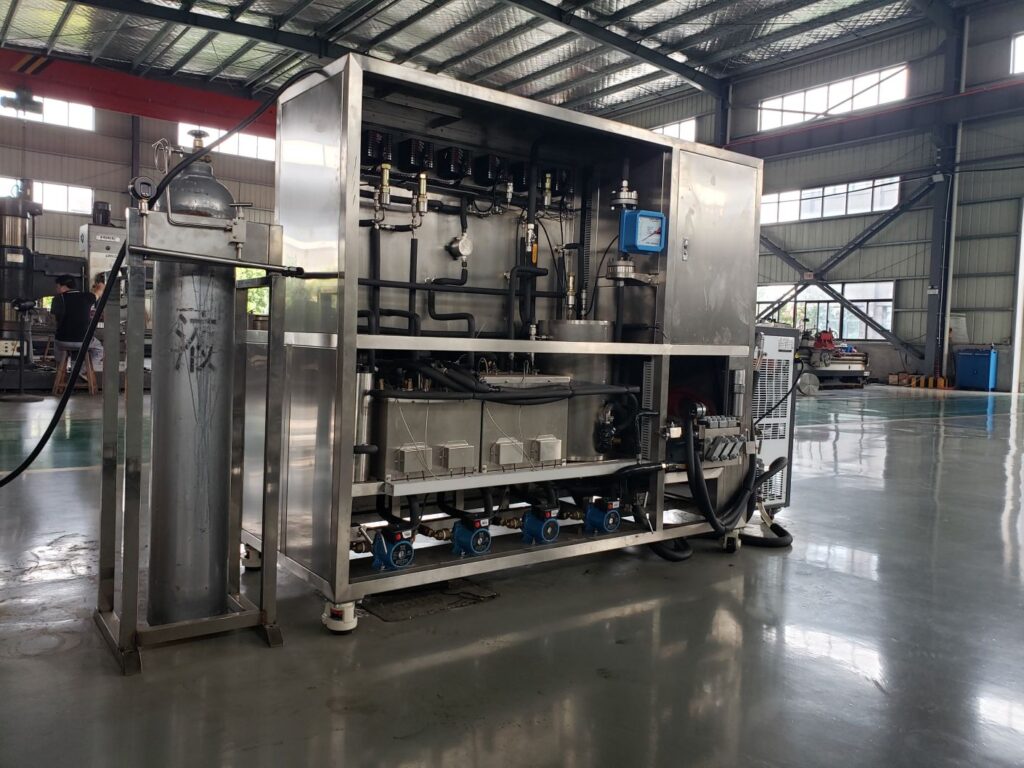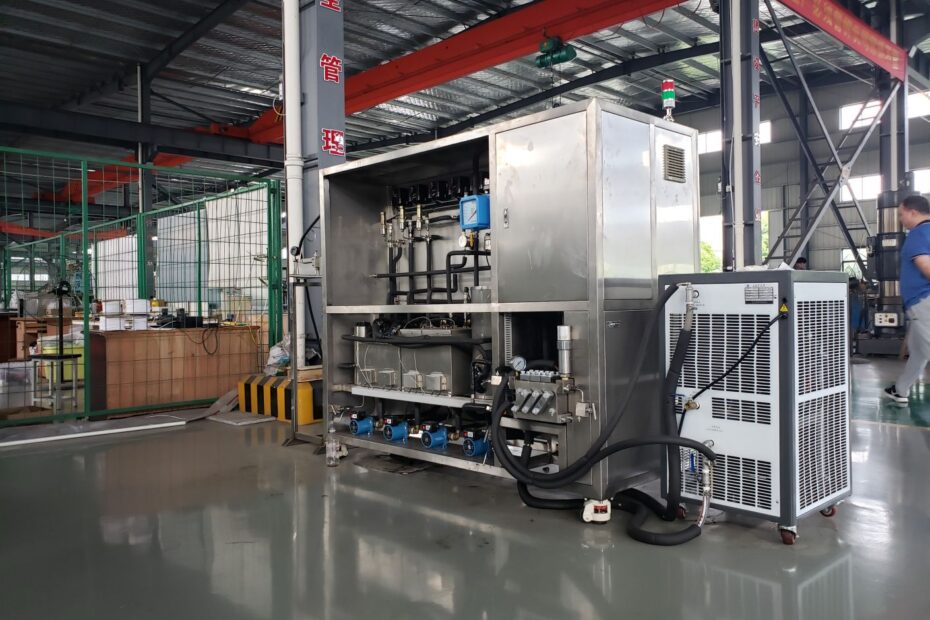Supercritical CO2 extraction Process has emerged as a leading technology in the extraction of essential oils, flavors, and other valuable compounds from natural sources. While celebrated for its efficiency, it is imperative to scrutinize the energy consumption and environmental impact associated with this process.
The Supercritical CO2 Extraction Process
1. Overview
Supercritical CO2 extraction involves utilizing carbon dioxide in its supercritical state—maintaining both liquid and gas properties simultaneously—as a solvent to extract target compounds. This method offers several advantages, including high selectivity, minimal residue, and reduced processing time. However, understanding its energy consumption is pivotal to comprehending its overall sustainability.
2. Energy-Intensive Phases
The supercritical CO2 extraction process can be divided into energy-intensive phases:
- Compression: Pressurizing CO2 to reach its supercritical state.
- Extraction: Contacting supercritical CO2 with the raw material to extract the desired compounds.
- Separation: Recovering the extracted compounds and returning CO2 to its original state.
These phases underscore potential areas of energy consumption that demand evaluation.
Energy Consumption in Supercritical CO2 Extraction
Factors Influencing Energy Use
Several factors influence the energy consumption of supercritical CO2 extraction:
- Pressure and Temperature: Higher pressures and temperatures necessitate increased energy input during compression and maintenance of the supercritical state.
- Raw Material Characteristics: The nature of the raw material can affect energy consumption, as different materials require distinct extraction conditions.
Quantifying Energy Use
To quantify energy use, it is essential to consider the energy required per unit of extracted compound. This metric provides insights into the efficiency of the extraction process.
Environmental Impact Assessment
- Carbon Footprint : The environmental impact of supercritical CO2 extraction extends beyond energy consumption. Assessing its carbon footprint involves accounting for CO2 emissions from both energy use and the production of equipment.
- Comparison with Conventional Methods : Comparing supercritical CO2 extraction with conventional extraction methods is crucial. While supercritical CO2 extraction often requires more energy, its efficiency and selectivity can result in lower environmental impact over the long term due to reduced solvent usage and waste generation.

Energy Efficiency in Supercritical CO2 Extraction Process
Scenario 1: High-Pressure Variation — In this scenario, a supercritical CO2 extraction process operates at varying high pressures. The result is increased energy consumption during compression and maintenance of the supercritical state.
Scenario 2: Optimized Operating Conditions — Conversely, optimizing operating conditions, such as pressure and temperature, can significantly reduce energy consumption. This scenario highlights the importance of fine-tuning parameters for enhanced energy efficiency.
This case study illustrates the tangible impact of operational choices on the energy consumption of supercritical CO2 extraction.
Three Sustainable Strategies For Supercritical CO2 extraction Process
- Parameter Optimization : Fine-tuning extraction parameters, including pressure and temperature, is a key strategy for reducing energy consumption. Research and development efforts should focus on identifying optimal conditions for different raw materials.
- Renewable Energy Integration : Incorporating renewable energy sources into the extraction process can mitigate the environmental impact. Solar or wind energy can power compressors and other energy-intensive components.
- Life Cycle Assessments : Conducting comprehensive life cycle assessments is crucial for understanding the overall environmental impact of supercritical CO2 extraction. This involves considering the entire life cycle, from raw material production to equipment manufacturing and disposal.
Conclusion
While supercritical CO2 extraction process is celebrated for its efficiency and selectivity, it is imperative to critically evaluate its energy consumption and environmental impact. The intricate interplay between extraction parameters, energy use, and sustainability necessitates a holistic approach.
By optimizing operational conditions, integrating renewable energy sources, and conducting thorough life cycle assessments, the industry can enhance the sustainability of supercritical CO2 extraction. This technology, with its green potential, holds the key to environmentally conscious extraction practices, paving the way for a more sustainable future in the realm of natural compound extraction.
